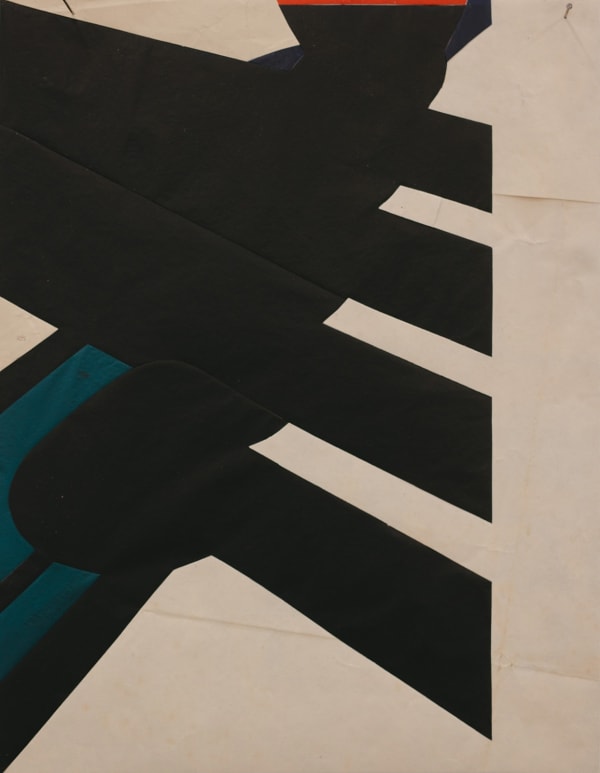Atlas: Jesse Willems
Past exhibition
Overview
Drawing on his experience as a photographer and collagist, Jesse Willems offers the most original synthesis of all, “wrapping” his cut-out prints in vintage paper (such as ancient nautical charts), then piecing them back together like a jigsaw puzzle. Each piece of overlaid photography becomes part of a rhythmic, geometrically patterned ensemble reminiscent of a Matisse. And yet, Jesse Willems' work is very much photographic: acknowledging Saul Leiter as one of his masters, he draws on the motif in the city to the point of radical abstraction.
The process of cutting and overlaying lends each piece a unique character, which alone translates the experience Jesse seeks to convey: a way of experiencing the world that combines the optical and the physical, the contemporary and the obsolete, transparency and opacity, presence and absence. Atlas is thus an attempt to encompass the city of New York in a single representation, at once map, fresco and stained-glass window.
Why then deprive us of a direct view of his photographs? Precisely to untie our gaze from reality, and see beyond the visible through the harmony of form. Jesse Willems prolongs the latent state of photography: by not developing it (in the physical sense of the term), he invites us to recompose it within ourselves. This is an ode to retinal persistence: that which remains when the image has disappeared.
Michel Poivert
The process of cutting and overlaying lends each piece a unique character, which alone translates the experience Jesse seeks to convey: a way of experiencing the world that combines the optical and the physical, the contemporary and the obsolete, transparency and opacity, presence and absence. Atlas is thus an attempt to encompass the city of New York in a single representation, at once map, fresco and stained-glass window.
Why then deprive us of a direct view of his photographs? Precisely to untie our gaze from reality, and see beyond the visible through the harmony of form. Jesse Willems prolongs the latent state of photography: by not developing it (in the physical sense of the term), he invites us to recompose it within ourselves. This is an ode to retinal persistence: that which remains when the image has disappeared.
Michel Poivert
Works
Installation Views
























